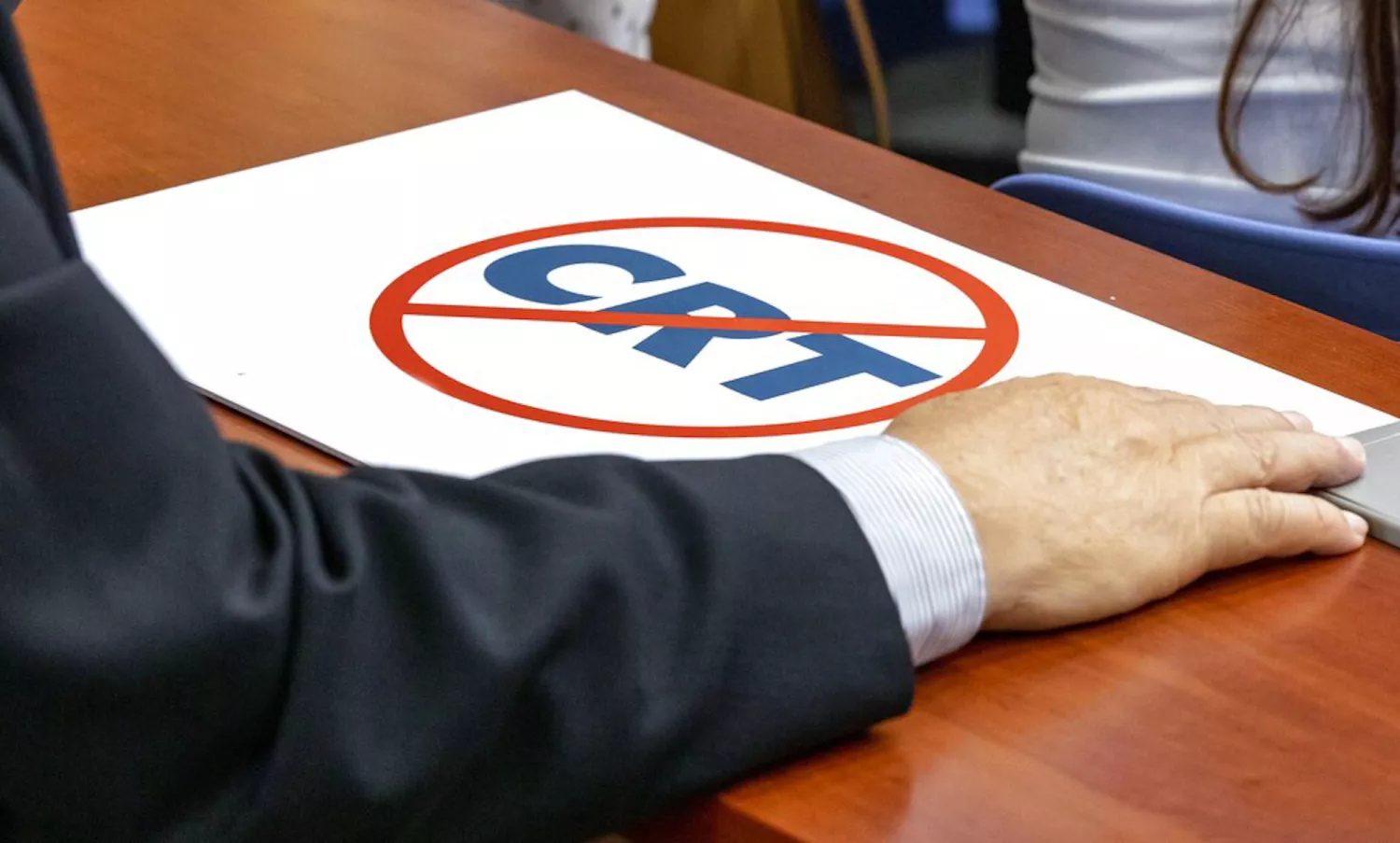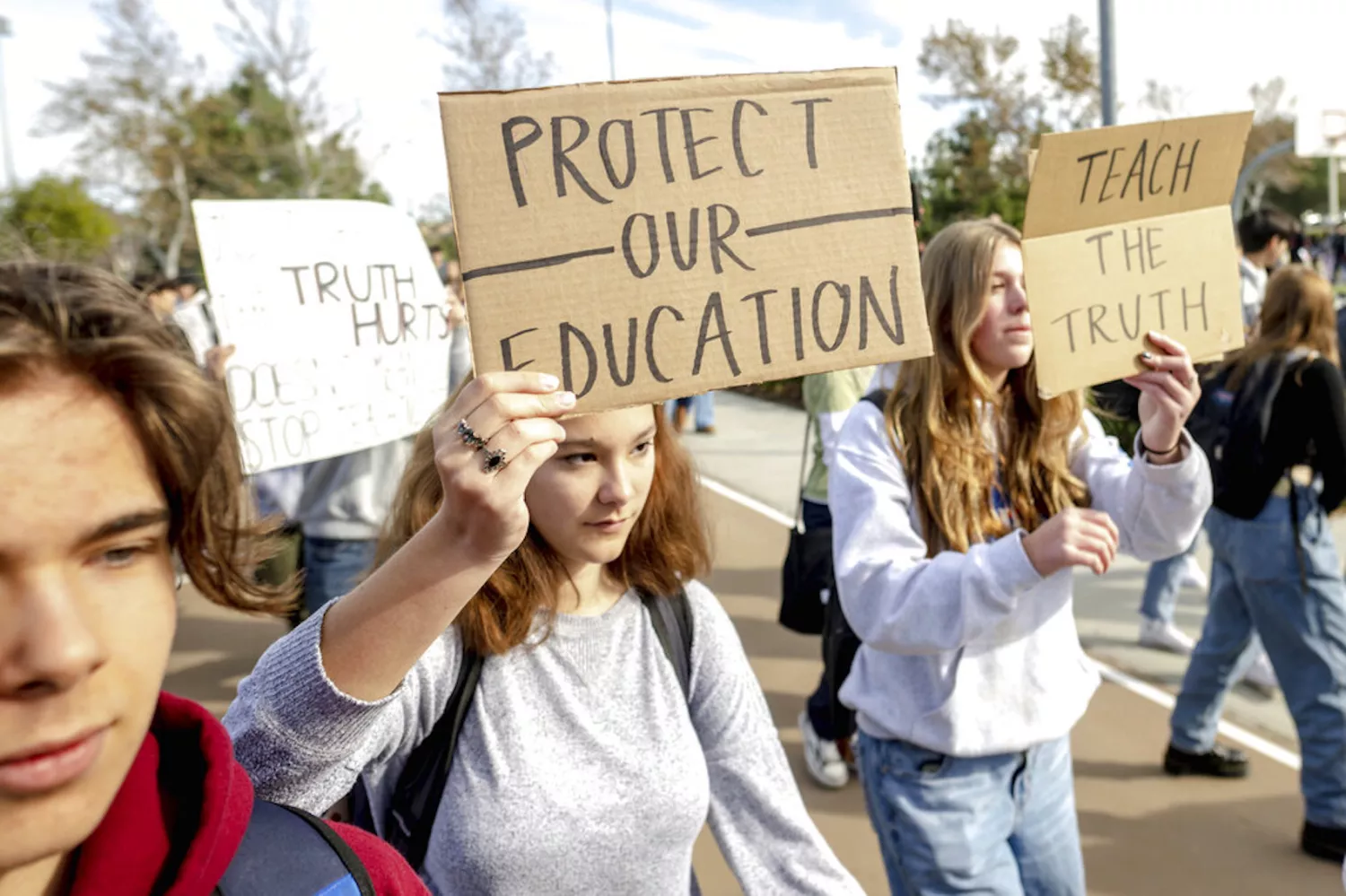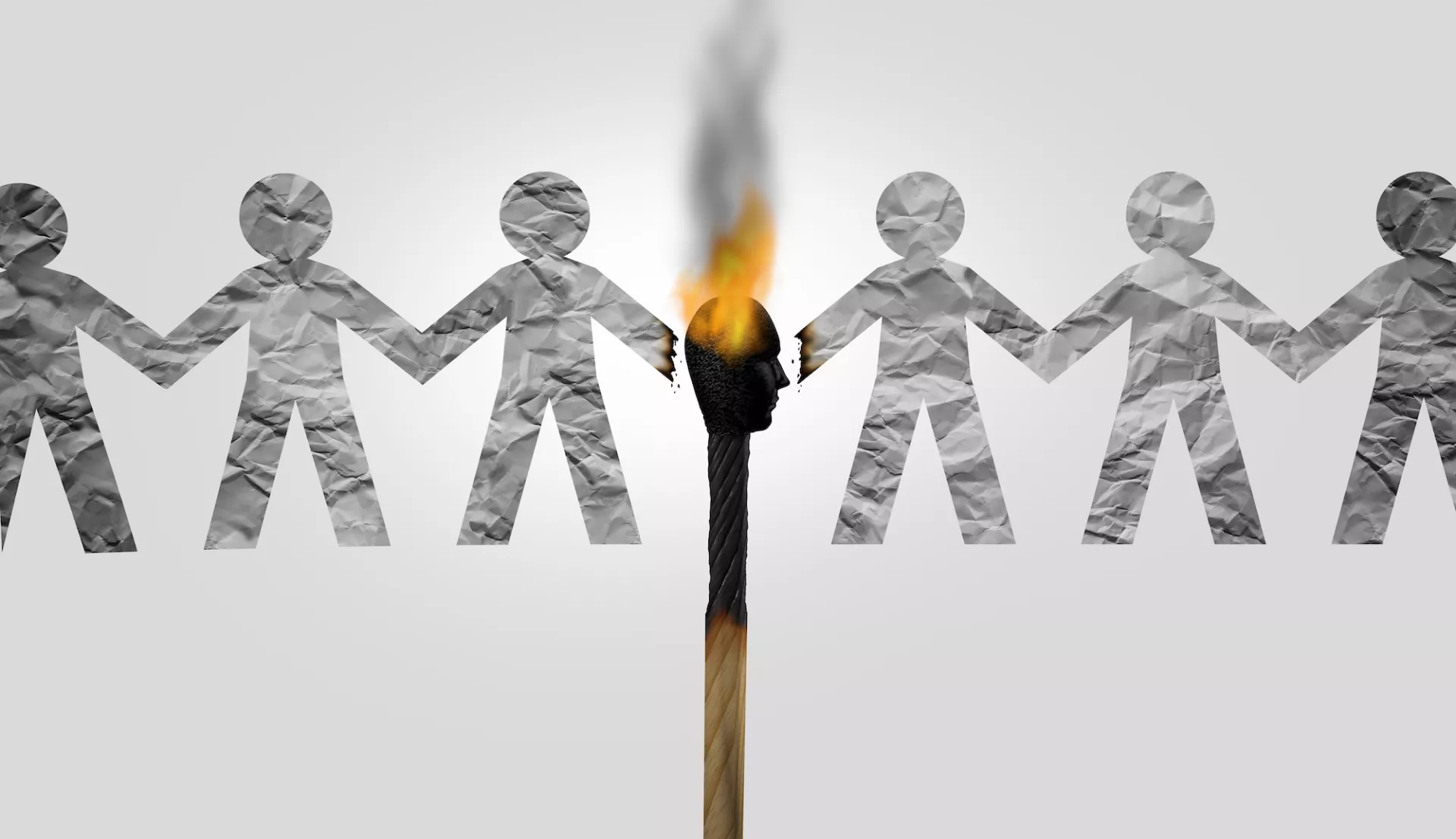Key Takeaways
- A new national survey details the impact of pervasive and growing political conflicts on schools.
- Almost half of schools reported challenges to teaching about issues of race and racism and policies and practices related to LGBTQ student rights. One-third reported attempts to limit student access to books in the school library and social and emotional learning.
- The conflicts often result from intentional and organized efforts that have targeted "purple" or more politically diverse communities.
Manufactured outrages designed to divide educators and parents for political gain didn't work in 2022, a recent NEA survey found. Instead, midterm voters were focused on school safety, the educator shortage, book bans and other challenges. Unfortunately, as the 2024 campaign season begins to take shape, the "culture war" on public schools doesn't show many signs of abating.
The stakes couldn't be higher, says John Rogers, professor at the Graduate School of Education and Information Studies at UCLA and director of UCLA’s Institute for Democracy, Education, and Access. Rogers believes we are at an "existential moment for public education and a diverse democracy."
Since 2017, Rogers and his colleagues have been tracking how the increasingly divisive and polarizing political climate has sown discord in communities, targeted inclusive curricula, and aimed to undermine overall confidence in public education.
Their latest report, “Educating for a Diverse Democracy: The Chilling Role of Political Conflict in Blue, Purple, and Red Communities," finds that, in the midst of political conflicts, students have limited opportunities to engage in learning and respectful dialogue on controversial topics, and it's become harder to address rampant misinformation. The highly charged environment has also led to marked declines in support for teaching about race, racism, and racial and ethnic diversity. Meanwhile, harassment of LGTBQ youth has increased.
In his research, Rogers surveyed public school principals, and found almost half (45%) of principals said the amount of community level conflict—centered largely around opposition to inclusive curricula—during the 2021-2022 school year was “more” or “much more,” than prior to the pandemic. Only 3 percent said it was less.
Rogers recently spoke with NEA Today about how polarization and coordinated attacks are preventing many educators from teaching controversial issues or about our nation’s full history. “These attacks are undermining the role public schools play in educating for our democracy," Rogers says.

Since the 2016 election, you’ve been exploring how political conflict and divisive rhetoric has been affecting public schools, educators, and students. What main trend have you noted over the past six years?
John Rogers: In 2017, I was beginning to hear from teachers around Los Angeles that their students found the divisive political climate stressful and challenging. In May and June of that year, I conducted a national survey of teachers called Teaching and Learning in the Age of Trump, which documented the ways heightened stress and conflict were playing out in America's high schools. We focused on how immigrant and LGBTQ+ youth were being impacted.
In 2018, I wanted to see how the dynamic was playing out in schools and how the overall climate was being affected. The study was a little more specific, spotlighting greater societal pressures, gun violence, rampant misinformation. So we did a national survey of high school principals, called School and Society in the Age of Trump, which came out in 2019.
Over the past couple of years, we've all seen these attacks on teaching about race and racism and LGBTQ issues. So we wanted to again track what was occurring in an even tenser political environment. So, in 2022, we followed up to ask some of the same questions.
How have the dynamics for schools changed since 2018?
JR: In 2018, young people were hearing how certain politicians were speaking. To some extent, there was an emboldening, particularly in racist and contentious speech. Fast forward to 2022—some of those dynamics were still at play. But what was different was that schools and educators themselves had become the targets of political attacks.
In the study, principals spoke out on the heightened presence of political conflict in their communities. Parent groups were trying to challenge or limit efforts to promote discussions about race and racism and protect LGBTQ rights, [efforts to] promote social and emotional learning among young people, [and efforts to] maintain a set of books that were serving and benefiting all students.
So, it wasn’t just that the broader environment was more conflictual and sometimes filled with hate, but that a lot of that conflict was being directly targeted at public schools and public education as an institution.
Also, we found that the conflict was most heightened in politically contested or "purple" communities—schools in districts where the vote in the 2020 election was roughly even. They were far more likely to experience community-level conflict than those in blue or red districts.
Beyond being more of a mixed bag politically, what else is going on in these communities?
JR: On one hand, it is the case that communities with more politically diverse voices are more likely to have divisions play out to some degree in these schools, and that translates into some difficult conversations in the classrooms and hallways.
But if it were only that, we would have seen the same patterns in 2018. We didn't. There was no real difference between red, blue, and purple communities in the level of political conflict. By 2022, it was schools in purple communities where these patterns were far more pronounced.

This was reflected in our interviews. We heard about the organized parents and community groups tapping into right-wing media, tapping into right-wing philanthropic organizations, tapping into right-wing legal advocacy organizations—all equipped with pre-approved talking points on how to challenge schools and districts that were trying to promote diversity, equity, and inclusion.
You use the term "political conflict," but you also make it clear that these are coordinated attacks.
JR: Right. Some things are a little difficult to tease apart in the research. It is the case that in the past couple of years, schools have experienced heightened stress—both from within the school and from community members. It’s also the case that there has been a targeting of public education that has been largely funded and supported by right-wing efforts. So, there is a mix of different dynamics that have come into play. Sometimes it's experienced as conflict, but very often, absolutely, it is an attack that is designed to create conflict.
Talk about how student behavior is influenced by these efforts.
JR: What we heard is that the parents and community members who were challenging school district policies were far more contentious, conflictual, even violent, than their students were in classrooms and in the hallways. So there has been student harassment. But students are enacting the larger conflict, taking their signals from the broader community.
Of course, these community-level attacks reflect the minority viewpoint—we heard that from teachers and principals. One principal from North Carolina, in our latest survey, talked about “small clusters of hate.” A few people have been able to shape the dynamics of a school or district through their loud and angry voices.
What did school staff tell you about how that has affected their jobs?
JR: Educators and many, if not most, community members believe strongly in the idea that schools should promote tolerant and inclusive behavior. What we heard is that their voices have been drowned out, that they are not being heard in this political climate.
That frustration and being subject to attacks leads to more educators looking to leave the profession. Principals told us it's been very difficult to recruit and retain staff. Their teachers feel constantly under attack and their professional decisions are being questioned daily. So, more are thinking about retiring or just leaving to do something else.
When leadership is not being supportive, or providing real professional development, it sends the wrong signal to teachers and has a chilling effect on their very important work.
Our society usually does not do well in promoting dialogue about race and equity in ways that are meaningful, productive, and respectful. Consequently, it can be exceedingly difficult for educators to facilitate these discussions with their students. This is challenging work that requires creativity, insight, and empathy. These attacks make it harder to lean into this work. They need that support because we don't want public education to back away from its critical role in protecting our democracy.
What we also found was, compared to 2018, is that schools in purple communities were dramatically less likely to provide professional development on teaching about controversial issues. Support for this practice in red communities decreased as well.
But as your study points out, school and district leadership is essential.
JR: Absolutely. Those principals who themselves are civically engaged are far more likely to advance the practices associated with education for a diverse democracy than those who are not. High schools in school districts where district leadership explicitly emphasized the importance of civic education were far more likely to support teaching about race and racism and LGBTQ issues. School boards also need to be explicit in their support of this teaching.
When leadership is not being supportive, nor providing real professional development, it sends a signal to teachers—and has a chilling effect on this very important work.
So, what can be done? Public schools and school districts have tended not to do a particularly good job of engaging parents and other community members in a constructive and inclusive way. A lot of public relations, not enough public engagement, right?
But teachers and other educators can play a crucial role in changing those dynamics. We need meaningful dialogue. So, the extent to which schools can regularly build alliances with parents and community members that will foster broader—and more vocal—public support will help tremendously. We all should double-down to defend public education and our democracy, but I hope all educators lean into their role as civic agents.


